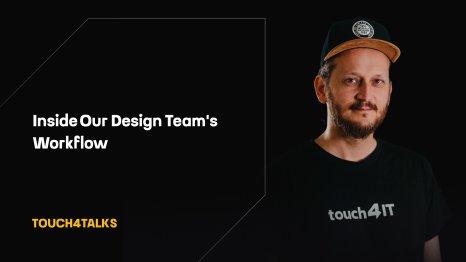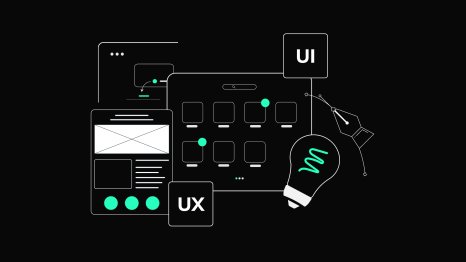What Steps Do We Follow in Our Initial Design Kick-off Meeting?
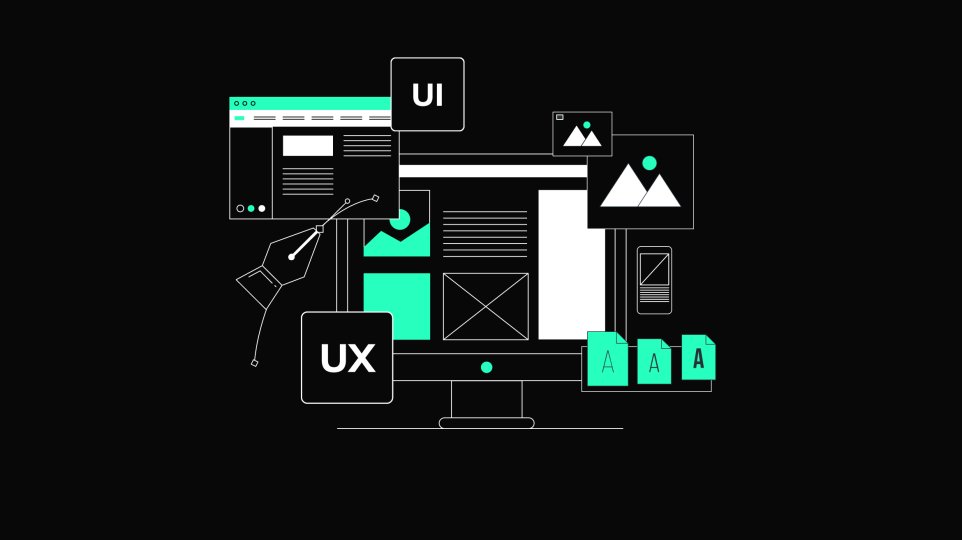
How should a properly led kick-off meeting with a client look? What are its outputs? What should be watched for to achieve mutual understanding and reach a final agreement?
In the previous article, we looked at how to create a project brief. The effort invested should now bear fruits as we are about to get the project started. Let us dive into the project kick-off.
A kick-off product meeting is held at the beginning of a new project or product development cycle to get everyone on the same page. The meeting's purpose is to introduce the project, define the goals and objectives, assign roles and responsibilities, and establish a timeline for the project.
At Touch4it, we like to start with an internal meeting first. This allows us to work in a relaxed atmosphere among known colleagues and with the efficiency of a non-official approach. Many of the individual questions can be answered at this point, leaving fewer items to discuss with the client and thus saving time. After the initial internal round, it is time to get to know the client's side of things. Be aware, do not take this lightly as it will set the tone for all the things to come.
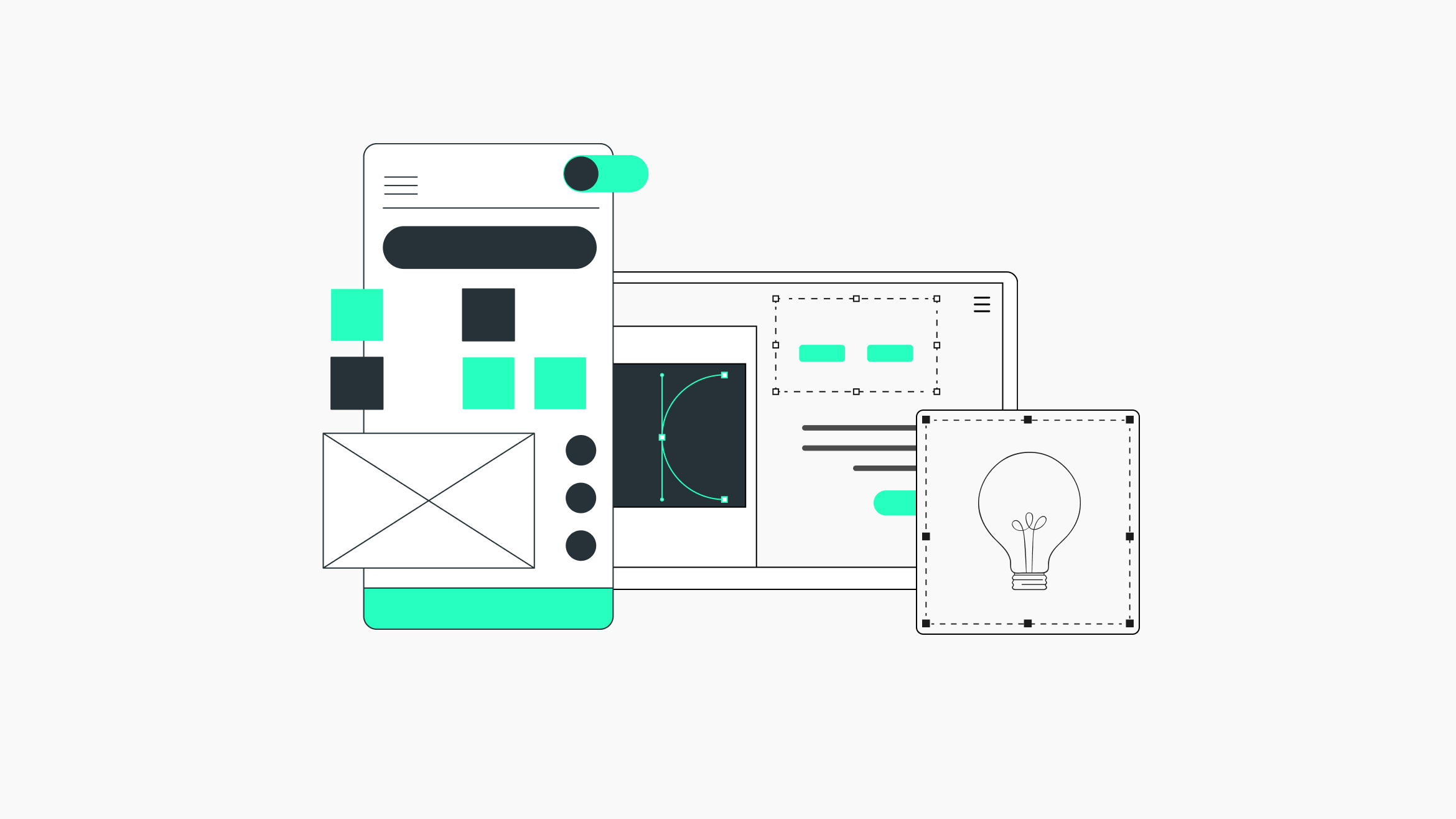
Steps to Follow at the Kick-off
Before the kick-off with the client, we send an updated brief and all the documentation for the client to study. This preparation helps to anticipate questions, fill in any blanks on missed topics, and appear well-prepared. You would not want to start a meeting where every question is a surprise.
At the meeting itself, here are the steps you can follow to conduct an effective kick-off meeting:
Introduce the team: At the very beginning, introduce all the team members and their roles at your side of the table. Leave enough time to let people get to know each other and create a friendly and trusting atmosphere. Perhaps this is a good time to crack a joke too if you feel brave enough.
Introduce the project: The client starts by providing a high-level overview of the project, including the problem we are trying to solve, the target market, and the goals and objectives of the project.
Define the scope: Clearly define the project’s scope, including the features, functionality, and user requirements.
Assign roles and responsibilities: Assign roles and responsibilities to team members, defining their areas of expertise and accountability.
Establish a timeline: Set a timeline for the project, including key milestones and deadlines. Ensure everyone understands the timeline. This moment is also a good time to explain the design processes, so everyone knows what the road to the final product looks like.
Discuss communication and collaboration: Define the communication channels and tools used throughout the project, and establish guidelines for collaboration and feedback.
Review risks and challenges: Identify potential risks and challenges that may impact the project, and discuss how they will be mitigated.
Set expectations: Set expectations for the project, including the quality standards, deliverables, and success criteria.
By following these steps, you can ensure that everyone is aligned and on the same page from the start of the project. It helps increase productivity and efficiency and ultimately leads to a successful product launch.
The Meeting: Structure, Participants, and Procedures
The meeting usually takes place online as participants gather from across the globe. It's hard to tell how long a meeting will last, but it's probably done once your brief is completed. As for the length of the meeting or its segments, 45 minutes is a good standard. This duration allows time for a break before the next segment, should there be one.
The typical participants include a project manager, who leads the meeting, a product designer, a UX researcher, and a lead developer. The client's side attendees vary from project to project but usually consist of the founder, a project manager, and the sales and marketing teams. Feel free to add any necessary team members. I often encounter sales teams as they have been working with the client from the start and are at this point handing over the reins to the product design team.
During the meeting, the brief can be shared on the screen, and the PM should fill in all the blanks one by one as the meeting progresses. Anytime a new topic arises, or an answer is not clear, it should be noted. This will create a list of to-dos and next steps for everyone.
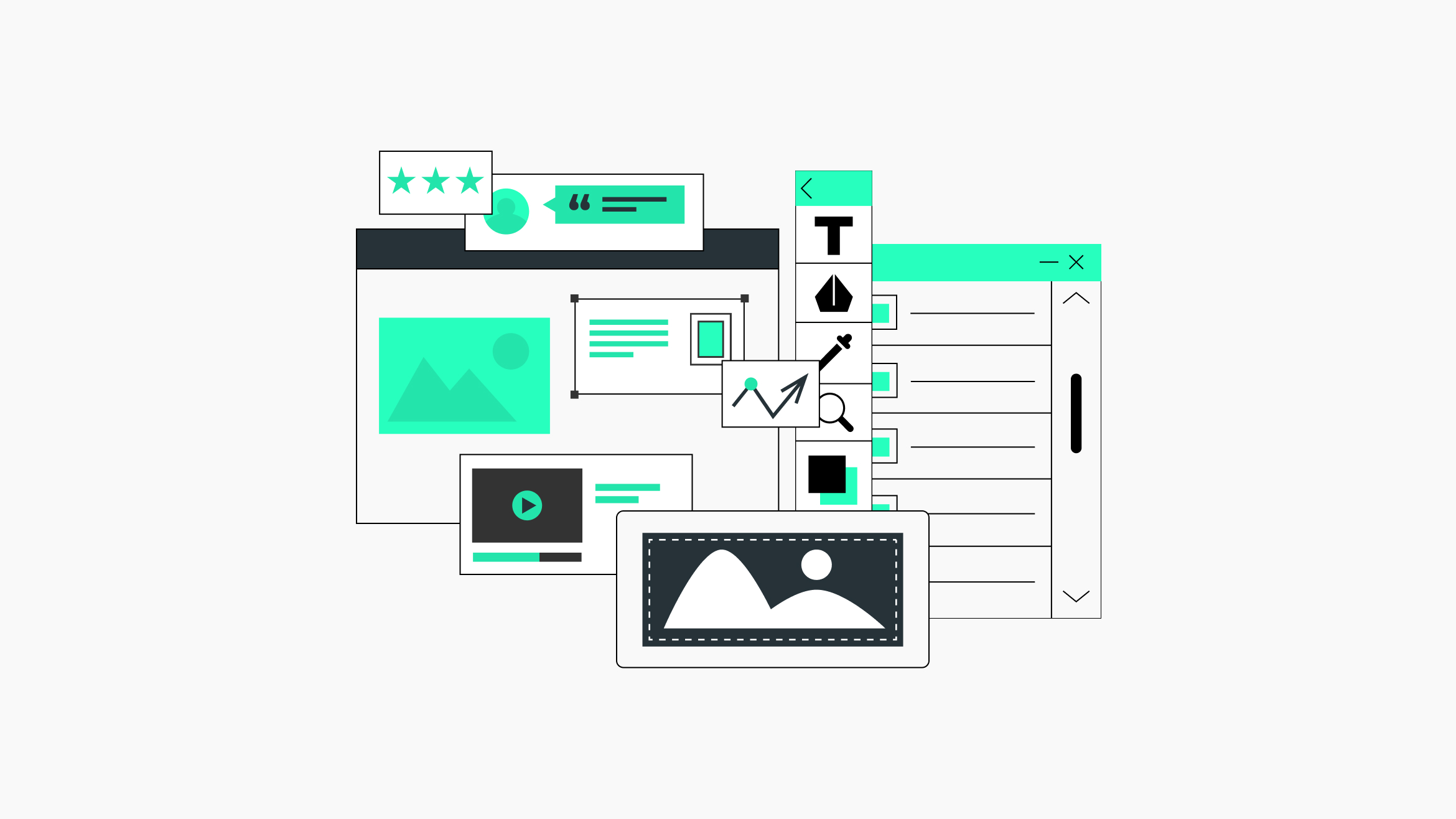
What Are the Outputs?
At the end of the day, you should upload the updated project brief to the shared cloud. It should include a clear definition of the problem we are going to solve and the benefits we provide. A list of use cases and roles will make it easier to envision a set of features. Known limitations such as deadlines, budget, and technology can now illuminate the scope of the project and the potential for MVP (Minimum Viable Product) creation.
As for the next steps, a mutual agreement to provide estimates after the research and product summary phase is practical. Note down any missing information that needs to be filled in but is difficult to obtain at this point. Gather all possible product-related data (demographic research, customer experience insights, Google Analytics, point of sale data, etc.) that could help in making data-driven decisions later.
Once everyone agrees on the task ahead, the team can focus on research, a topic we will cover in the next part.
Lessons Learned
“I cannot tell you how many times at this stage it has become clear that a project was a no-go. Whether it was impossible due to limitations or simply hopeless due to the lack of clear goals, it is crucial. I do encourage you to express any concerns to the client right now.”
“Many times, just a few more rounds of discussions, combined with the team's experience, can breathe new life into an unclear vision. If a clarification does not materialize, don't be afraid to step back from the project. Doing so can save a lot of time, money, and frustration for all participants.”
Kontaktujte nás:
Vyplňte formulár alebo nám pošlite e-mail. V prípade, že sa bojíte o svoj nápad, pošleme vám dohodu o mlčanlivosti a ochrane dôverných informácií a váš nápad bude v bezpečí.

